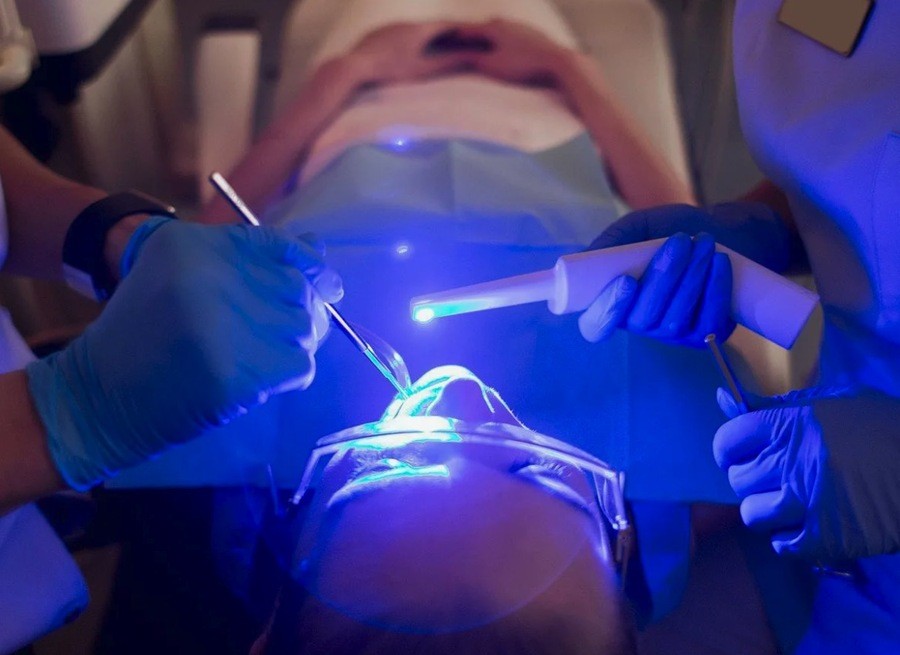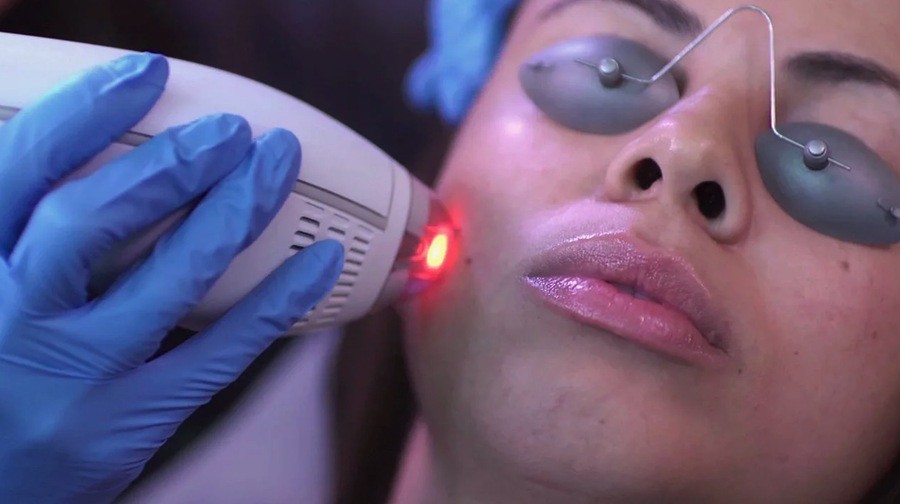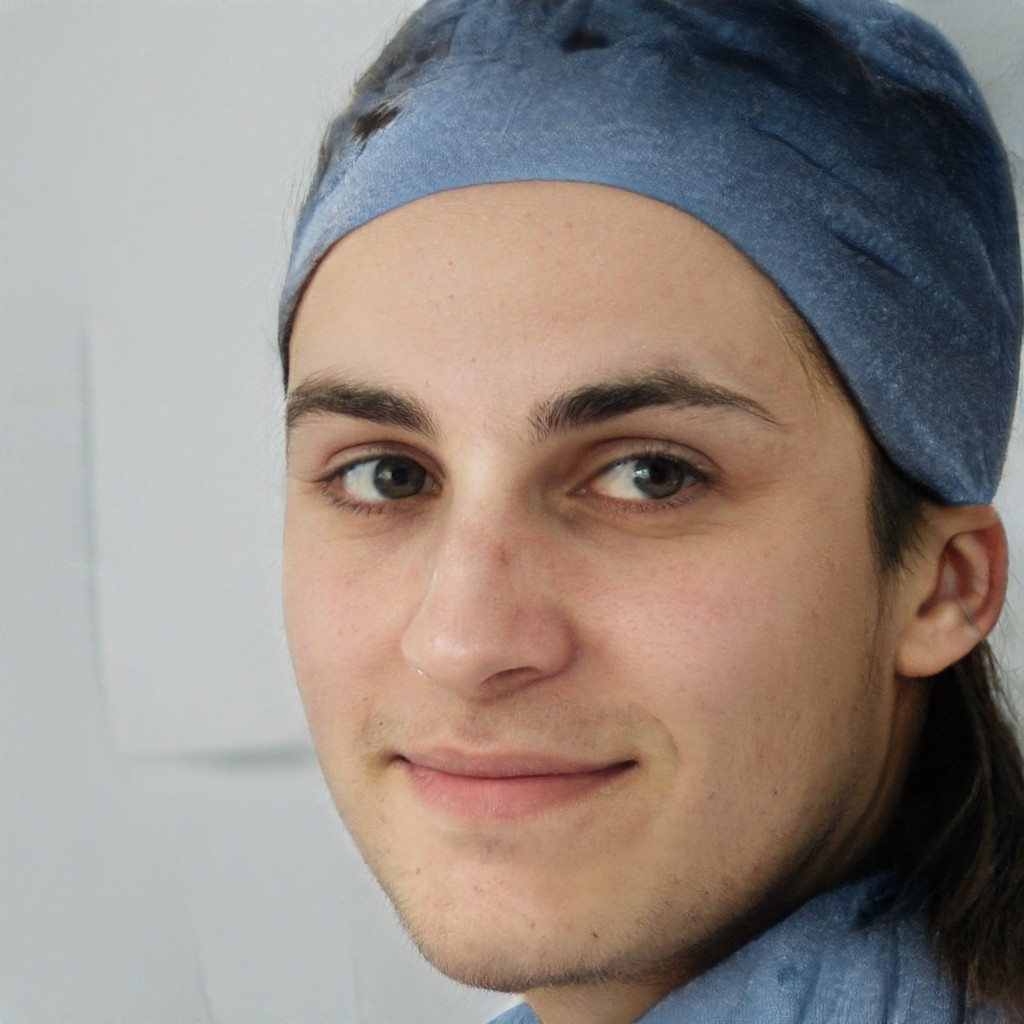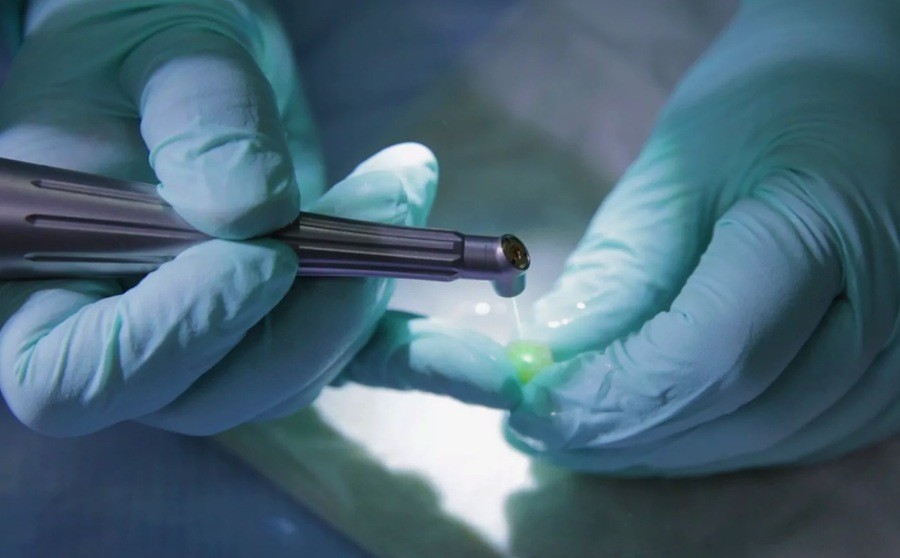Lasers have revolutionized many fields of medicine, offering precision and efficacy in various treatments. A medical laser is a device that emits light through a process of optical amplification based on the stimulated emission of electromagnetic radiation. The term “laser” stands for Light Amplification by Stimulated Emission of Radiation. Medical lasers are designed to interact with tissues in highly specific ways, making them indispensable tools in modern healthcare. Rama Care Poly Clinic in Dubai exemplifies the advanced use of laser technology in providing top-quality medical services.
Detailed Description of a Medical Laser
A medical laser consists of several key components: a gain medium, an energy source, mirrors, and a laser cavity. The gain medium, which can be a gas, liquid, solid, or semiconductor, amplifies the light when excited by the energy source. Mirrors at each end of the laser cavity reflect the light back and forth, increasing its intensity. When the light energy exceeds a certain threshold, it is emitted as a coherent and monochromatic beam of light, which can be directed with precision.
Medical lasers operate at different wavelengths, which determine their interactions with various types of tissues. For instance, carbon dioxide (CO2) lasers emit light at a wavelength that is highly absorbed by water, making them ideal for cutting and vaporizing soft tissues. Nd:YAG lasers, on the other hand, penetrate deeper into tissues and are used for coagulation and photocoagulation.
History of the Creation and Development of Medical Lasers
The concept of the laser was first proposed by Albert Einstein in 1917, but it wasn’t until 1960 that the first working laser was developed by Theodore Maiman. The potential of lasers in medicine was quickly recognized, and by the 1960s, researchers began exploring their medical applications.
– 1960s: The first medical use of lasers was in ophthalmology. The ruby laser was used to treat retinal disorders, particularly diabetic retinopathy. This marked the beginning of laser photocoagulation, a technique still in use today.
– 1970s: CO2 lasers were introduced for soft tissue surgery, particularly in dermatology and gynecology. Their ability to precisely cut and vaporize tissue with minimal bleeding made them a preferred tool for many surgical procedures.
– 1980s: The development of the Nd:YAG laser expanded the range of medical applications. It was used for treatments in oncology, cardiology, and urology. For example, the Nd:YAG laser was used to treat bladder cancer and to remove tumors.
– 1990s: Advances in laser technology led to the introduction of the excimer laser, which revolutionized ophthalmology with procedures like LASIK (Laser-Assisted in Situ Keratomileusis) for vision correction.
– 2000s to Present: The use of lasers has expanded into nearly every branch of medicine. Innovations such as the diode laser and the development of fractional laser technology have further enhanced the precision and safety of laser treatments.

Branches of Medicine Utilizing Lasers
Lasers are now used in various branches of medicine, each benefiting from the unique properties of laser light.
Ophthalmology: Lasers are extensively used for corrective eye surgeries, such as LASIK, to reshape the cornea and improve vision. They are also used to treat retinal diseases and glaucoma. The precision and minimally invasive nature of laser surgeries have significantly reduced recovery times and improved patient outcomes.
Dermatology: Lasers treat a wide range of skin conditions, including acne scars, wrinkles, pigmentation issues, and unwanted hair. They are also used for tattoo removal. The ability of lasers to target specific skin structures without damaging surrounding tissues has made them invaluable in cosmetic dermatology.
Surgery: Lasers are used in minimally invasive surgeries, reducing bleeding and promoting faster healing. Examples include laparoscopic surgeries, ENT (ear, nose, throat) surgeries, and neurosurgery. The precision of laser surgery minimizes tissue damage and postoperative pain, enhancing patient recovery.
Oncology: Laser therapy is used to shrink or destroy tumors and to relieve symptoms of cancer, such as bleeding or obstruction. Laser-induced interstitial thermotherapy (LITT) is one such technique. By precisely targeting cancerous tissues, lasers can effectively treat tumors while preserving healthy tissue.
Cardiology: Lasers are employed in procedures such as angioplasty to remove blockages in coronary arteries. Excimer laser coronary angioplasty (ELCA) is a specific example. This technique improves blood flow to the heart, reducing the risk of heart attacks and other cardiovascular conditions.
Gynecology: Lasers are used for procedures like cervical ablation and the treatment of endometriosis. They are also used in fertility treatments and vaginal rejuvenation. The precision of laser treatments in gynecology reduces complications and enhances patient outcomes.

The Use of Lasers in Cosmetic Medicine
Lasers have become a cornerstone in cosmetic medicine, offering treatments that are both effective and minimally invasive.
Tattoo Removal: Lasers break down tattoo ink particles in the skin. Q-switched lasers are commonly used for this purpose, targeting the ink with short bursts of energy. This method is highly effective in removing tattoos without scarring.
Skin Resurfacing: Fractional lasers treat fine lines, wrinkles, and skin texture by creating micro-injuries that stimulate collagen production. This results in smoother, rejuvenated skin. The controlled injury prompts the skin to heal itself, improving its appearance.
Hair Removal: Diode and Nd:YAG lasers are effective for long-term hair reduction. These lasers target the pigment in hair follicles, destroying them without damaging surrounding skin. This provides a permanent solution to unwanted hair.
Pigmentation Treatment: Lasers such as the Alexandrite laser are used to treat hyperpigmentation, melasma, and age spots by targeting the melanin in the skin. This results in a more even skin tone and improved appearance.
Vascular Lesions: Lasers treat spider veins, hemangiomas, and other vascular lesions by targeting the hemoglobin in blood vessels, causing them to collapse and fade. This treatment is effective and minimally invasive.
Scar Treatment: Lasers improve the appearance of scars by promoting collagen remodeling. Fractional CO2 lasers are particularly effective for this purpose. This method reduces the visibility of scars and enhances skin texture.
Laser Medicine Services in Dubai
Rama Care Poly Clinic in Dubai offers a comprehensive range of laser medicine services, ensuring patients receive top-quality care. From tattoo removal to the correction of female genital organs, the clinic provides specialized treatments tailored to individual needs. The use of advanced laser technologies ensures precision, safety, and optimal results. With a team of experienced professionals, ** Rama Care Poly Clinic** stands out as a leader in the field of laser medicine, offering solutions that enhance both medical and cosmetic outcomes.
Lasers have undeniably transformed medical practice, offering treatments that are precise, effective, and often minimally invasive. Their application across various medical fields continues to grow, driven by ongoing technological advancements. Whether for vision correction, skin rejuvenation, or complex surgical procedures, lasers play a crucial role in modern medicine, improving patient outcomes and expanding the possibilities of medical treatment.

I am an accomplished coder and programmer, and I enjoy using my skills to contribute to the exciting technological advances that happen every day at Oswald Tech.
